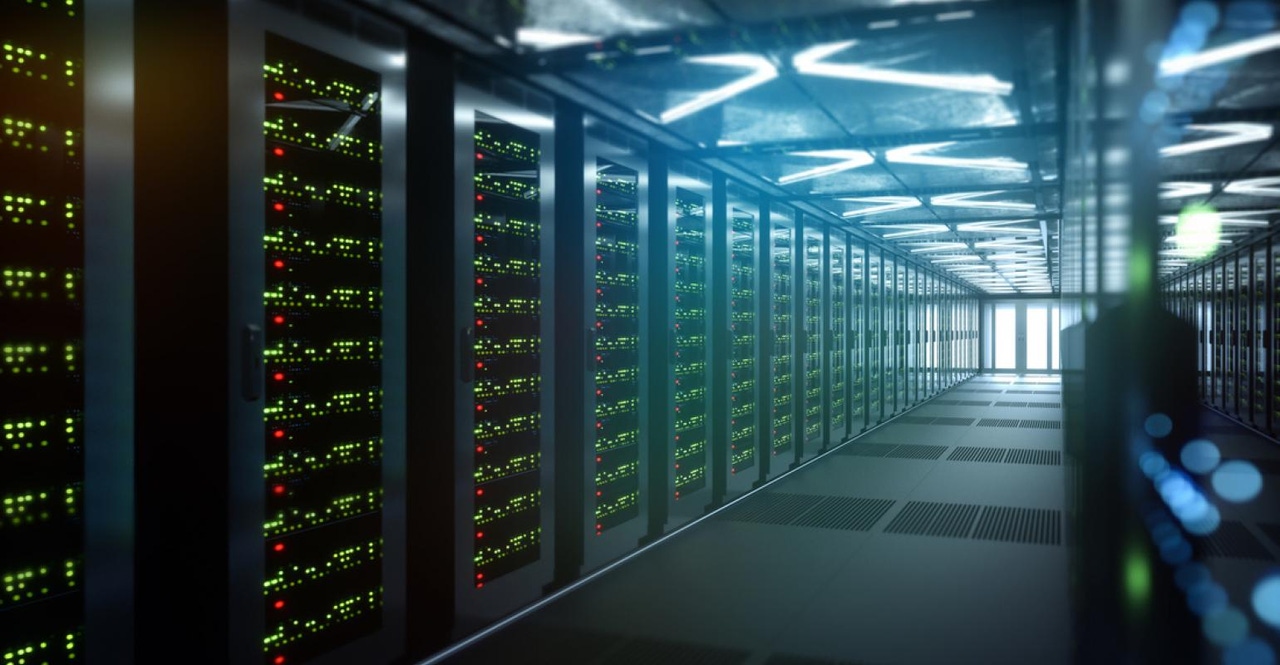5 Factors to Consider When Selecting a Data Center Location5 Factors to Consider When Selecting a Data Center Location
Ultimately, the best data center location depends on the priorities and needs of the organization and its users.

Organizations have an enormous amount of choice when it comes to selecting the location for a data center. There are something like 8,000 data centers in the world, and if you're not happy hosting your workloads in an existing facility, you can always go out and build your own data center at a site of your choosing.
So, how do you decide which data center location is best for your needs? Which factors do you need to consider to ensure that your data center site is optimized for performance, security, cost, and more?
Keep reading for answers to those questions as we walk through five key factors — including ones that are obvious to many people, like location's impact on network latency, as well as some considerations that are easier to overlook — that organizations should weigh when deciding where to locate a data center.
1. Network latency
Even on high-end fiber optic networking infrastructure, the rate at which data moves over the internet slows down by about 0.82 milliseconds for every hundred miles that it has to travel. That means that the longer the geographic distance between your data center and the end users you are serving, the higher your levels of network latency are likely to be, at least in general.
That said, simply looking at a map and finding the data center closest to the places where your end users are concentrated isn't necessarily the best way to reduce latency. One complicating factor to consider is that network packets don't travel as the bird flies. They move instead along cable links, which are often much longer than the shortest absolute path between a data center and a user. This means you should determine which network infrastructure will connect your data center to end users and how much latency it introduces.
Another consideration is that you can always use a CDN to decrease network latency, even if your data center is distant from your users — so you may not need to prioritize proximity to users as much as you would think.
2. Room for growth
Workloads and the infrastructure that they require to run have a tendency to grow in scale over time. For that reason, it's often a safer bet to choose a data center location that will allow you to scale up.
If you're deploying workloads in a pre-existing data center, this means selecting a facility that's large enough to accommodate additional infrastructure deployments. If you're building a data center from scratch, you should think about whether you'll be able to expand the facility if you need to in the future.
Migrating to a different data center with more space is always possible if you run out of room in your existing one, of course. But that's a lot more work and risk than being able to expand in situ.
3. Deployment velocity
How quickly can you get infrastructure up and running in a data center? That depends on many factors, such as the complexity of the infrastructure you're deploying and the size of the team managing it.
But data center location, too, may play an important role in how quickly you can deploy infrastructure. In general, it will be harder to expand your infrastructure footprint if you're dealing with a data center located far from your main base of operations because it will take more time to deploy a team to the remote location. Equipment shipping times may also be longer for data centers located in more remote areas. If you anticipate needing to make rapid changes to your infrastructure, these are important factors to consider.
4. Natural disaster risk
You don't need to be an expert in data center planning to know that some regions are more prone than others to events that threaten data center uptime and availability. A data center located in a region prone to earthquakes or extreme weather events is not as reliable as one in a milder climate.
On the whole, natural disasters are probably less of a threat to data center uptime than human error. But it's still a factor to consider. If you don't have a reason to locate your data center in a region at higher risk of attack by Mother Nature, consider a less risky option.

data-center-green-2
5. ESG considerations
Beyond technical considerations such as network latency and uptime, data center location can have a major impact on your organization's ESG posture. The physical location of the facility may determine how much renewable energy you can source, for example, as well as how your company interacts (or doesn't) with communities based in the area surrounding the data center.
The point here is that it's important to think beyond technical factors alone if you want to choose a data center location optimized for your business's overall mission.
Conclusion
It would be nice if there were a simple formula for selecting the ideal data center location. In reality, there are too many factors to weigh, and too many considerations that can vary in priority from one organization to another. Choosing the right place for your data center starts with determining what matters most to your business and users.
Read more about:
Technical ExplainerAbout the Author
You May Also Like









